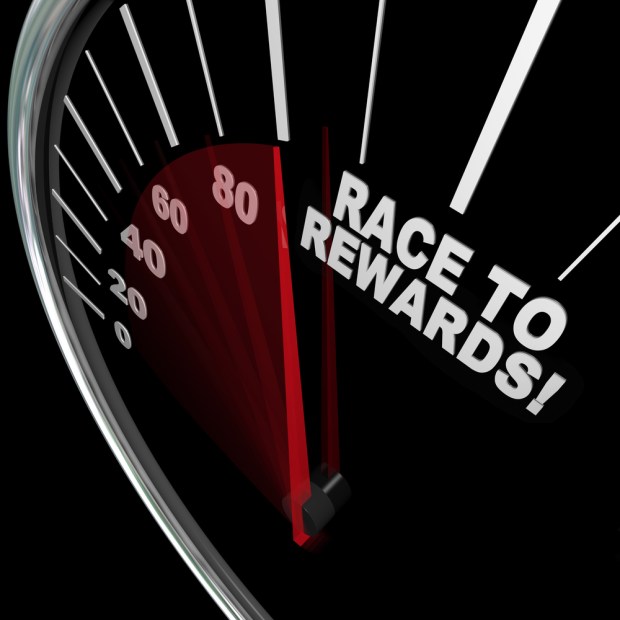Customer Loyalty Programs Reach 3.8 Billion in U.S.

Loyalty programs are nothing new to retail.
From collecting pieces for McDonald’s Monopoly to collecting stamps for free cookware at grocery stores and buying 10 coffee drinks to get a free cup, there is no shortage of enticing loyalty offerings.
With eCommerce providing easier ways for retailers to form loyalty programs via smartphone apps or through their company websites, loyalty programs are on the rise. According to the 2017 COLLOQUY Loyalty Census research, consumers in the U.S. have reached 3.8 billion memberships in overall loyalty programs.
This may seem like an all-time high, but research indicates that loyalty program growth is not moving at the same rate as it has in the past. In 2015, there were 3.3 billion memberships, but the growth rate was at 26 percent. Today it has fallen to 15 percent.
Given the 3.8 billion loyalty memberships, it appears the top issue consumers have with loyalty programs is that they take too long to earn points. The study showed 57 percent of people who enjoy these loyalty programs often abandon them for this reason.
Of note, the largest segment of loyalty memberships is in the retail industry, with 1.6 billion people participating in programs. Grocery program membership dropped from 188 million to 142 million, and the financial services sector increased from 578 million to 664 million.
LoyaltyOne Global Solutions partner and COLLOQUY Census author Melissa Fruend commented on this study and what the loyalty membership slowdown means for merchants. “The membership growth slowdown signals the U.S. loyalty market is maturing, and retailers need to up their game on how to attract and retain members within their loyalty programs. In order to improve loyalty marketing, brands must optimize the overall experience by creating more personalized and relevant experiences for their best customers.”
When it comes to loyalty programs, it appears that speed to obtain rewards is key for consumers in the U.S. As we see more retailers integrate tech into their in-store experiences, it’s likely we’ll see higher engagement with the brand that may result in quicker prize-winning and overall loyalty.